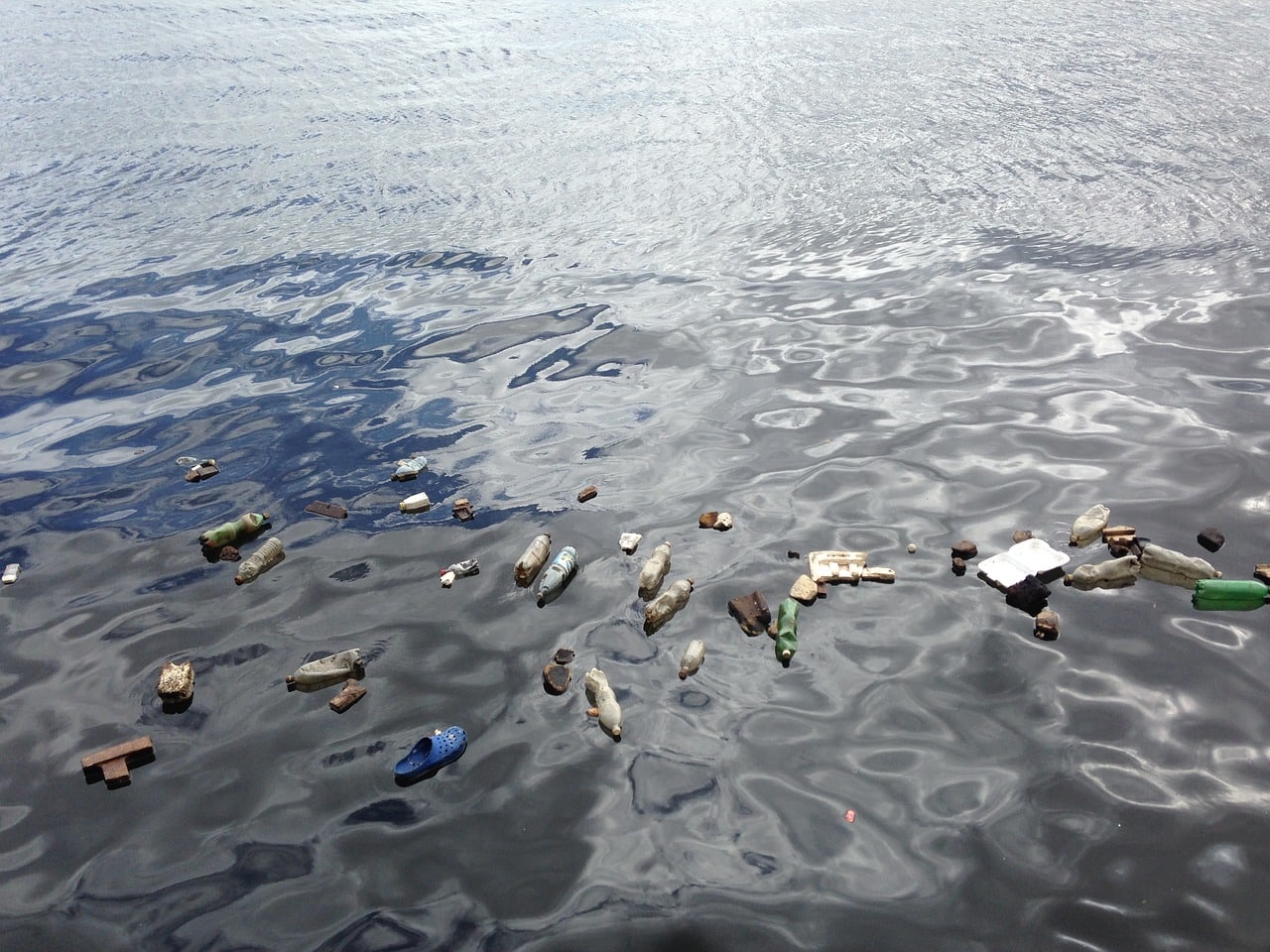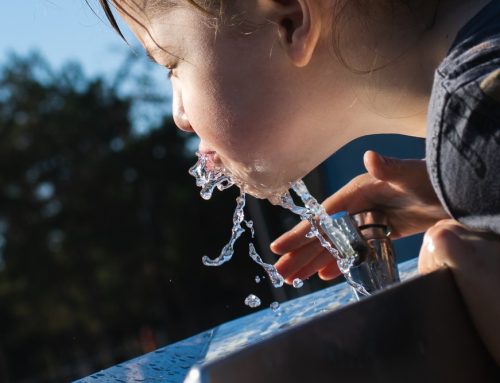Monitored since the late 1970s, the Great Pacific Garbage Patch has become the ocean’s biggest area containing plastic. Although it might seem like a terrifying endeavor to look at, which cannot be salvaged by a few people alone, a plan to clean up the Great Pacific Garbage Patch, has finally been set in place.
Plans for an ocean clean-up were devised a few years ago and commenced towards the end of 2018. The ocean clean-up now deploys up a $20 million system, that was specifically designed to clean up 1.8 trillion pieces of trash, mainly plastic.
Referred to as the ‘floating boom’ system, to clean up the biggest patch of garbage in the entire ocean that is situated between Hawaii and the Californian state, was developed by a non-profit organization, Ocean Cleanup. This organization had one goal in mind when devising their plan, which was to use advanced technologies, to get rid of all plastic that is currently floating in the ocean.
The Floating Boom System
The floating boom system is a system that was thus specifically designed to, by using dozens of booms, clean up at least half of the patch within the first four to five years. The booms are significant for the clean-up, as it will trap up to 150,000+ pounds of plastic, annually.
The garbage patch has become so big, that it can now even be seen from space, covering 1,6 square kilometers, and contains over 1,8 trillion individual pieces of debris, which will increase if something is not done to clean up the ocean. With the commencement of this test in late 2018, the debris will be taken to scientists, to test it and ultimately, find a way to recycle it, to ensure that it doesn’t pile up in the oceans once again.
Get bottled water cooler and mains fed water cooler from Living-Water in London.






